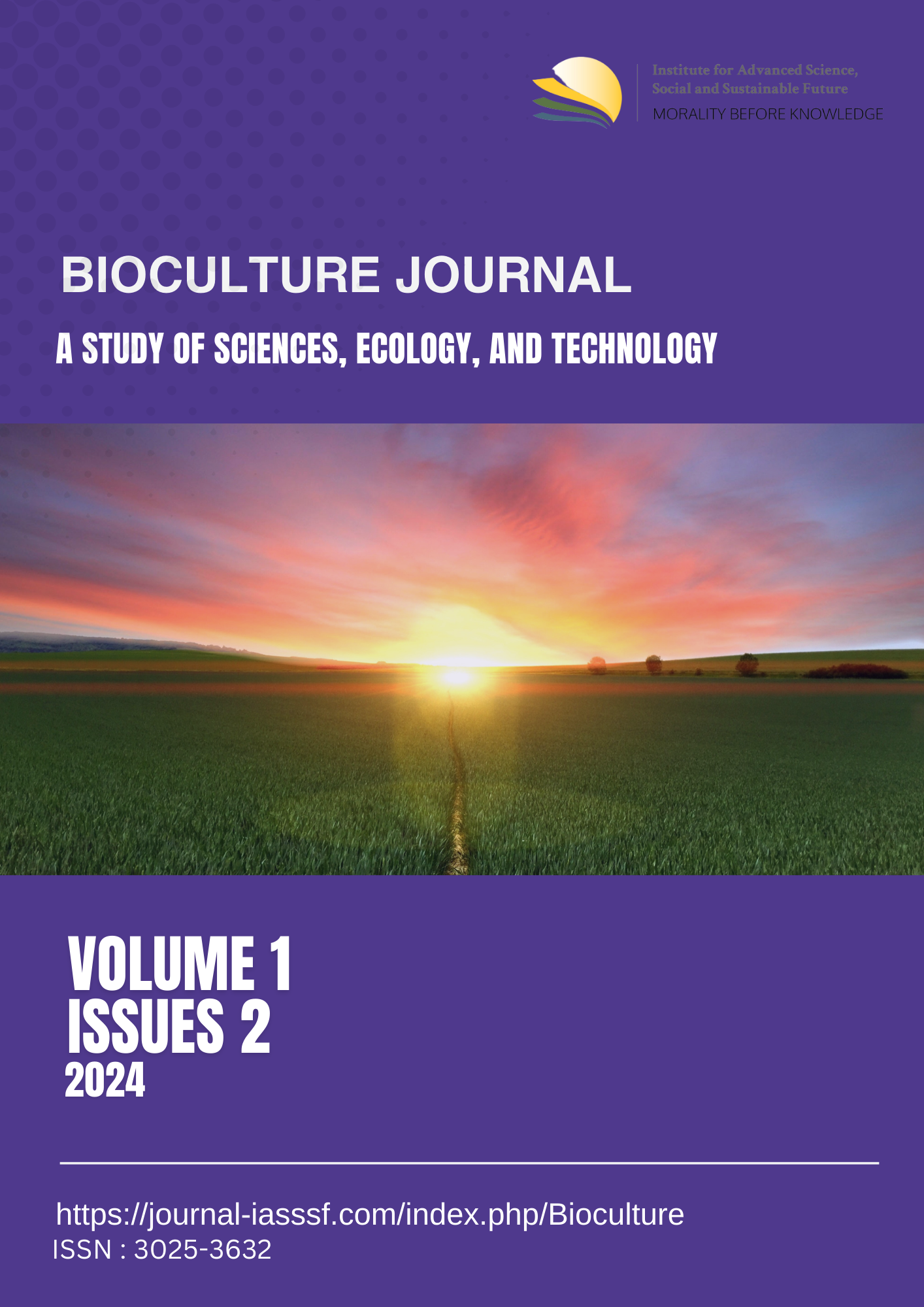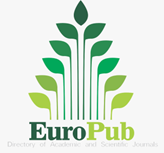Pemanfaatan limbah biji mangga menjadi minyak nabati dengan proses ekstraksi
DOI:
https://doi.org/10.61511/bioculture.v1i2.2024.516Keywords:
mango seed, n-hexane, ethanol, vegetable oil, extractionAbstract
The extraction process is a process of separating a substance based on its dissolution difference against two different dissolved liquids, usually water and the other an organic solvent. Vegetable oil is an oil that can be extracted from various parts of the plant that is processing the stems, leaves, seeds, flowers and fruit peel. Seed is one of the main ways plants to regenerate. Seeds contain large and distinct quantities of macromolecule reserves, which are stored as a source of spare food to support early germination. As an alternative to the healthful drugs of the body from various diseases that will attack the human body and have other important benefits. In this study used an extraction research method that produced vegetable oils in using 30 grams of mango seeds each on a 6-time process with ethanol and hexane solvents which used 500 ml each at a given time. From a good yield yield obtained at 3 hours of extraction process with ethanol solvent having a yield of 50%, then having a good quality is obtained by the yield of vegetable oil by using ethanol solvent. Thus the vegetable oils of the extraction process have a good oil content in the ethanol solvent versus hexane.
References
Adenalfi. (2015). Berbagai macam jenis mangga di Indonesia. https://adenalfi.blogspot.co.id/2015/03/berbagai-macam-jenis-mangga-di-Indonesia.html
Admin Mahkota. (2014). Manfaat dan kandungan biji mangga. https://minumanbandrek.blogspot.com/2013/10/manfaat-dan-kandungan-biji-mangga.html
Anonim. (2010). Dampak Limbah. https://p-watashi.blogspot.com/2010/11/dampak-limbah.html
Anonim. (2012). Pengertian, Contoh dan Klasifikasi Limbah. https://wdf2410.wordpress.com/2012/09/28/Pengertian-contoh-dan-Klasifikasi-limbah/
Brown, T. L., LeMay, H. E., Bursten, B. E., & Brunauer, L. S. (2015). Chemistry: the central science (Vol. 13). Englewood Cliffs, NJ: Prentice Hall.
Derektorat Gizi Departemen Kesehatan Republik Indonesia. (1981). Daftar Komposisi Bahan Makanan, Penerbit : Bhratara Karya Aksa, Jakarta. https://perpustakaan.badankebijakan.kemkes.go.id/index.php?p=show_detail&id=6083
dynamic-expansion.blogspot.co.id/2013/07/pengolahan-minyak-dan-lemak.html.
eprints.undip.ac.id/44041/3/BAB-2.Pdf.
Hambali, E., Suryani, A., & Widianingsih, N. (2004). Membuat aneka olahan mangga. Penebar Swadaya. Jakarta.
http://iqshalahuddin.wordpress.com/2012/03/15/mengenal-kromatografi-gas.
https://etrinaldi.files.wordpress.com/2012/06/bab-ii.docx.
https://fadillahahmaddedi.blogspot.co.id/2015/08/sokletasi.html
Kataren, S. (1986). Minyak Dan Lemak Pangan, Penerbit: Universitas Indonesia. https://lib.ui.ac.id/detail?id=142051
Khasiat. (2014). Khasiat biji mangga. www.Khasiat.co.id/biji-mangga.html
khoirulazam89.blogspot.co.id/2012/01/prinsip-kerja-ekstraktor-soxhlet.html.
Kusumo, S. (1989). Produksi Mangga Di Indonesia. Penerbit : Pusat Penelitian dan Pengembangan Hortikultura, Jakarta.
maydesember.blogspot.com.
Pracaya, I. (2011). Bertanam mangga. Penebar Swadaya Grup: Jakarta. https://books.google.com/books/about/BERTANAM_MANGGA.html?id=b_57CgAAQBAJ
www.chemnet.com
www.kimia.clas.web.id/2015/02/kromatografi-2-percobaan-3-penentuan.html
Downloads
Published
How to Cite
Issue
Section
Citation Check
License
Copyright (c) 2024 Bioculture Journal

This work is licensed under a Creative Commons Attribution 4.0 International License.

















